
Private Couple Photoshoot Get a lifetime souvenir from Dublin
1 h
Instant confirmation
About this activity
Itinerary
This is a typical itinerary for this product
Pass By: Dame St Dublin Castle, Dublin 2 Ireland
Erected in the early thirteenth century on the site of a Viking settlement, Dublin Castle served for centuries as the headquarters of English, and later British, administration in Ireland. In 1922, following Ireland’s independence, Dublin Castle was handed over to the new Irish government. It is now a major government complex and a key tourist attraction.
Pass By: City Hall Exhibition Centre Dame Street Cork Hill, Dublin D02 NP93 Ireland
City Hall was built between 1769 and 1779. The build took ten years to complete. When they decided to build City Hall a competition was advertised and 62 submissions were made. The winner of this Competition was Thomas Cooley, a young architect from London. At the time, James Gandon would have been the primary architect in Dublin, but his designs came second in the competition. Thomas Cooley was also tendered to build the Four Courts, however at 44 years of age, he fell ill and died and therefore James Gandon became the primary architect in the building of the Four Courts.
Pass By: Temple Bar, Dublin 2 Ireland
This is the heart of the night life of Dublin
Pass By: Ha'penny Bridge, 14 Bachelors Walk Wellington Quay, Dublin Ireland
Before the Ha'penny Bridge was built there were seven ferries, operated by a William Walsh, across the Liffey.[2] The ferries were in a bad condition and Walsh was informed that he had to either fix them or build a bridge. Walsh chose the latter option and was granted the right to extract a ha'penny toll from anyone crossing it for 100 years.[6]
Initially the toll charge was based not on the cost of construction, but to match the charges levied by the ferries it replaced. A further condition of construction was that, if the citizens of Dublin found the bridge and toll to be "objectionable" within its first year of operation, it was to be removed at no cost to the city.[3]
The toll was increased for a time to a penny-ha'penny (1½ pence), but was eventually dropped in 1919. While the toll was in operation, there were turnstiles at either end of the bridge.
Read more
Show less
This is a typical itinerary for this product
Pass By: Dame St Dublin Castle, Dublin 2 Ireland
Erected in the early thirteenth century on the site of a Viking settlement, Dublin Castle served for centuries as the headquarters of English, and later British, administration in Ireland. In 1922, following Ireland’s independence, Dublin Castle was handed over to the new Irish government. It is now a major government complex and a key tourist attraction.
Pass By: City Hall Exhibition Centre Dame Street Cork Hill, Dublin D02 NP93 Ireland
City Hall was built between 1769 and 1779. The build took ten years to complete. When they decided to build City Hall a competition was advertised and 62 submissions were made. The winner of this Competition was Thomas Cooley, a young architect from London. At the time, James Gandon would have been the primary architect in Dublin, but his designs came second in the competition. Thomas Cooley was also tendered to build the Four Courts, however at 44 years of age, he fell ill and died and therefore James Gandon became the primary architect in the building of the Four Courts.
Pass By: Temple Bar, Dublin 2 Ireland
This is the heart of the night life of Dublin
Pass By: Ha'penny Bridge, 14 Bachelors Walk Wellington Quay, Dublin Ireland
Before the Ha'penny Bridge was built there were seven ferries, operated by a William Walsh, across the Liffey.[2] The ferries were in a bad condition and Walsh was informed that he had to either fix them or build a bridge. Walsh chose the latter option and was granted the right to extract a ha'penny toll from anyone crossing it for 100 years.[6]
Initially the toll charge was based not on the cost of construction, but to match the charges levied by the ferries it replaced. A further condition of construction was that, if the citizens of Dublin found the bridge and toll to be "objectionable" within its first year of operation, it was to be removed at no cost to the city.[3]
The toll was increased for a time to a penny-ha'penny (1½ pence), but was eventually dropped in 1919. While the toll was in operation, there were turnstiles at either end of the bridge.
Included
- Minimum 30 high-res images
- A download link and password to access to your pictures
- Professionally edited images in 3-4 days
- No limits all the good ones
- Pictures Size 3000x3000 HD
Additional
- Confirmation will be received at time of booking
- Wheelchair accessible
- Stroller accessible
- Service animals allowed
- Near public transportation
- Infant seats available
- Transportation is wheelchair accessible
- Surfaces are wheelchair accessible
- Most travelers can participate
- This experience requires good weather. If it’s canceled due to poor weather, you’ll be offered a different date or a full refund
- This is a private tour/activity. Only your group will participate
Features
Tourism
95%
Cultural
70%
Original
35%
You may also like









 See all 26 Collections
See all 26 Collections
Click to discover other experiences
See all
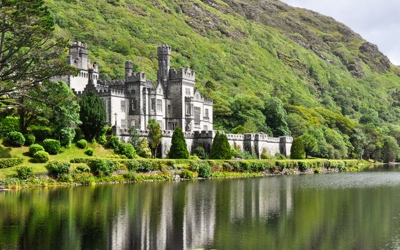
Collections
Cathedral & Castle
42 Activities
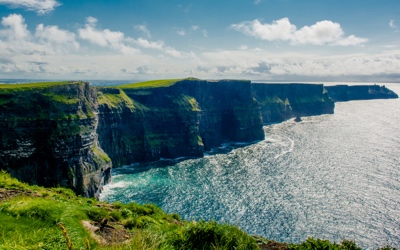
Collections
Cliffs of Moher
40 Activities
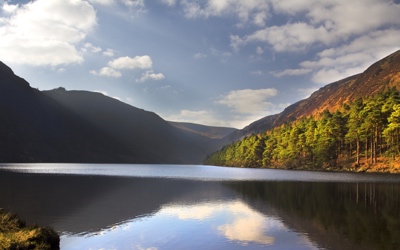
Collections
Wicklow Mountains
39 Activities
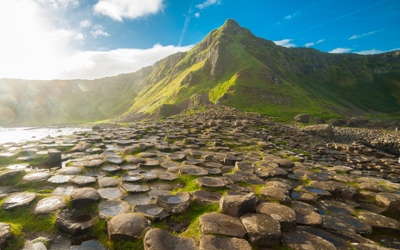
Collections
Giant's Causeway
33 Activities
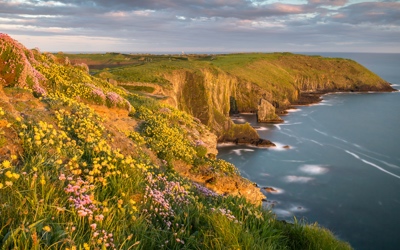
Collections
South Coast
30 Activities
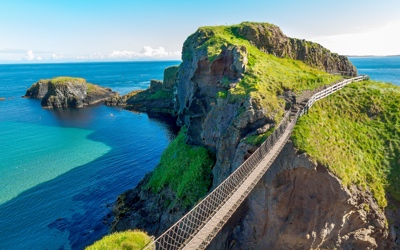
Collections
North Coast
19 Activities
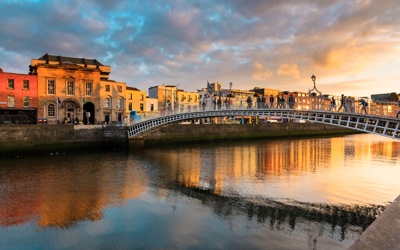
Collections
City Tour
31 Activities
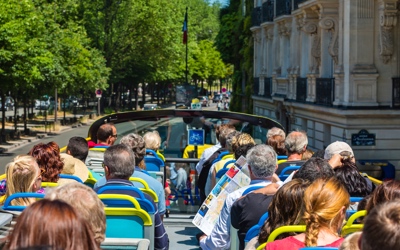
Collections
Hop-On Hop-Off
9 Activities

Collections
Whiskey
20 Activities
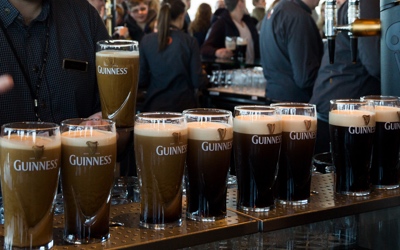
Collections
Guinness Tour
11 Activities

